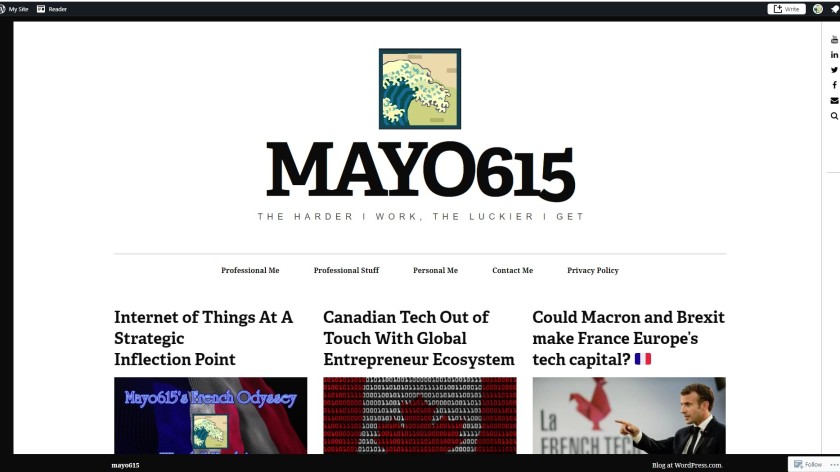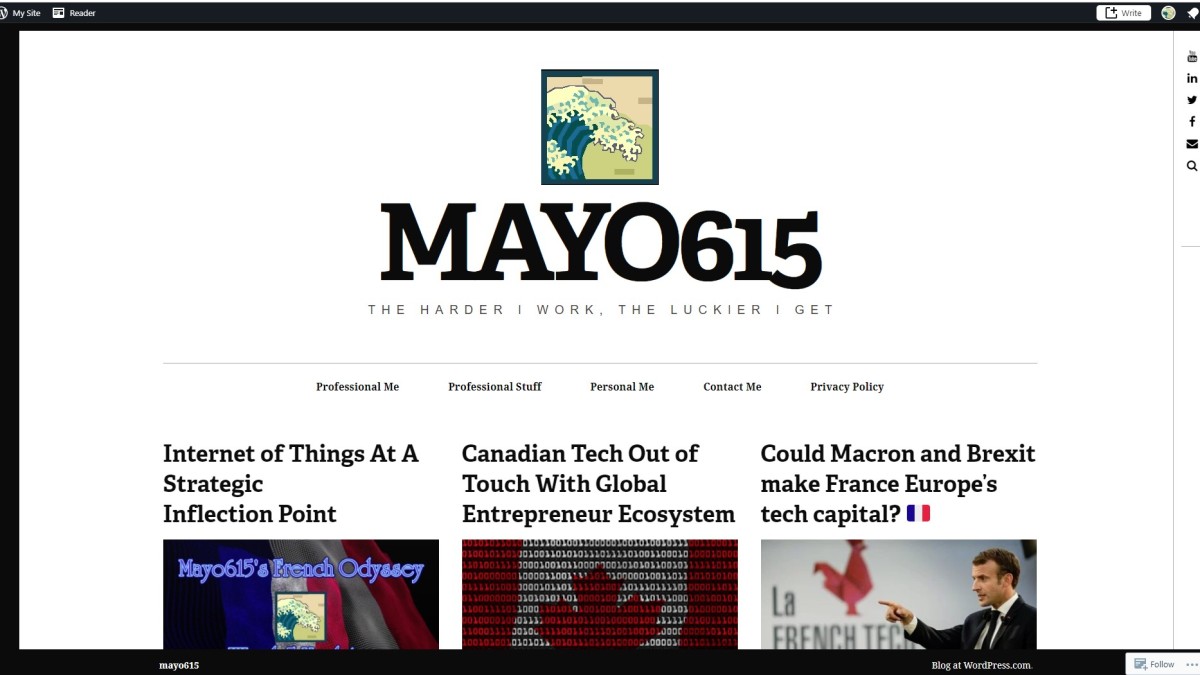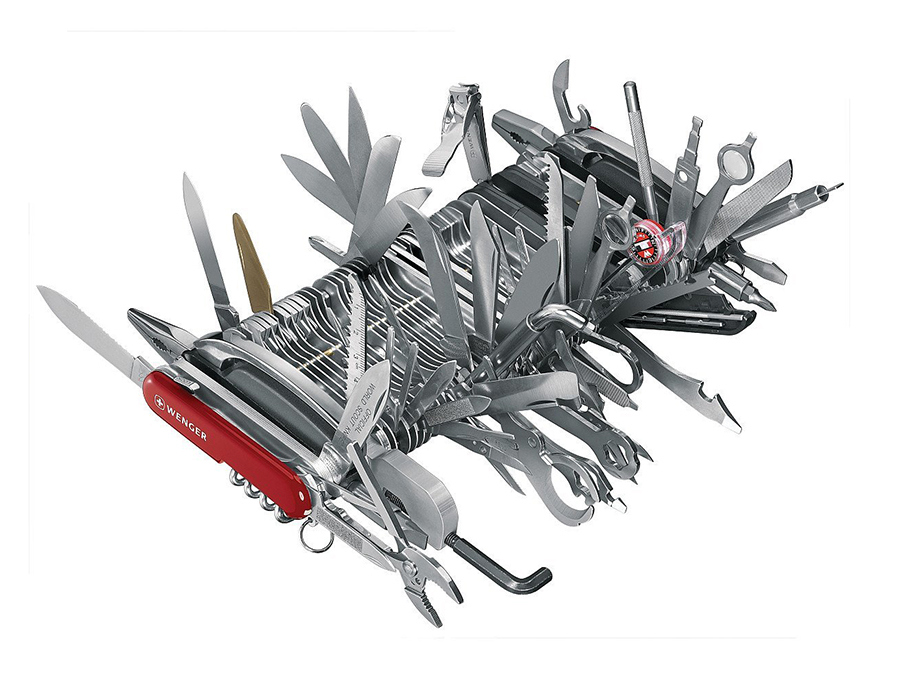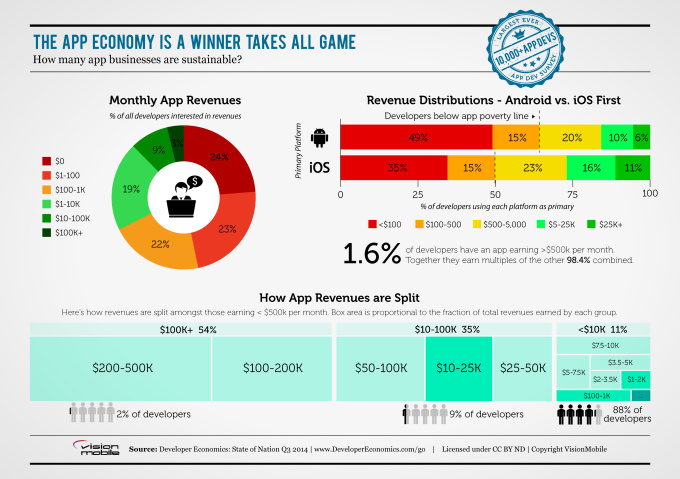Amidst news of LinkedIn being bought by Microsoft, one mystery remains: Where have all of the “Super Connectors” gone? It appears that the website built on making connections might frown upon having too many.
Most users on LinkedIn have under 500 connections. There is a subsection of LinkedInusers who are connected to hundreds of thousands of people. Individually Steven Burda and Zura Kakushadze have accumulated more connections than the majority of people in your office combined. Their accounts, along with a slew of others have vanished.
It’s impossible to determine exactly how many of their accounts were deactivated, mostly because outside of LinkedIn messages nobody knows how to reach each other. Their voices have been lost. While they wait in limbo for an answer as to when their accounts will be reinstated, we can only make assumptions as to what the real reason for their disappearance is.
Kakushadze earned his Ph.D in Theoretical Physics, has over 11 years of experience in quantitative finance, and has published over 100 scientific papers. Burda has a background in finance, IT, and accounting but feels at home as a social media consultant. To say that their loyal followers are missing out on their teachings is an understatement.
Curiosity may have killed the cat, but I wanted to know why they were deleted. Did they violate the terms of service? Did they somehow game the system, lie, cheat, or steal? I was able to contact the top two most connected users to get their side of the story.
How Many Connections Is Too Many?
LinkedIn is built on the expectation that you can build your professional identity and discover opportunities online. Mutual friends on LinkedIn introduced me to these two Super Connectors who felt as though they had grown too large of a following, and were banned because of it.
When I was a child I cared for a friend’s pet hamster while she was away. I knew I had to feed him, but I didn’t know how often. One day, I emptied the whole box of food into the cage and let the hamster eat as it pleased. I came back to check in on little Hammie, and to my dismay he had passed away.
I later learned that he had eaten himself to death. He didn’t know any better, food was good, it helped him to survive.
The same goes for LinkedIn users whose businesses thrive on the platform. Why were they given the ability to make connections only to be slapped on the wrist when they had too many?
The top ten Super Connectors have all been denied access to their accounts. In fact, when you go to their pages it simply says, “Sorry, this profile couldn’t be displayed.” Most claim that their emails asking for help from LinkedIn have gone ignored.
Why Are Some Allowed More Than Others?
L.I.O.N: LinkedIn Open Networker. These people usually have the most connections, and currently it’s not known why some people are capped at thirty thousand while others aren’t.
I have nearly 30k connections and 8k open requests that I cannot accept. I use LinkedIn to advertise my business, Bikini Luxe, and to connect with like minded people. These days it’s all about who you know, not what you know.
When asked how they amassed such a following, Kakushadze said, “Painstakingly. You either receive a connection request or you send one. One at a time.”
Could This Happen to You?
We can only speculate as to what the motives are, but the vague wording of the LinkedIn Terms of Service leaves a lot to the imagination. According to Kakushadze he doesn’t market, advertise, or make any money from LinkedIn. His main purpose on the website is to popularize his research and spread knowledge.
His papers on quantum finance, cancer research, and theoretical physics make my head spin. Why anyone (or any Social Platform) would want to halt someone like him from educating others entirely for free is beyond me.
Steven Burda spent ten years carefully cultivating his LinkedIn connections and growing his business. Will people still be interested in attending his LinkedIn Workshops if he isn’t actually on the platform any longer?
What I have found is that this could happen to anyone, for any reason. What we are led to believe to be our virtual property is not really ours at all, and it can be taken away at any time.
In a world where who you are on Social Media is all that matters, when your popularity online grants you access to more clientele and deems you as valid, having that stripped away when you’ve worked hard to achieve it must be devastating.




















